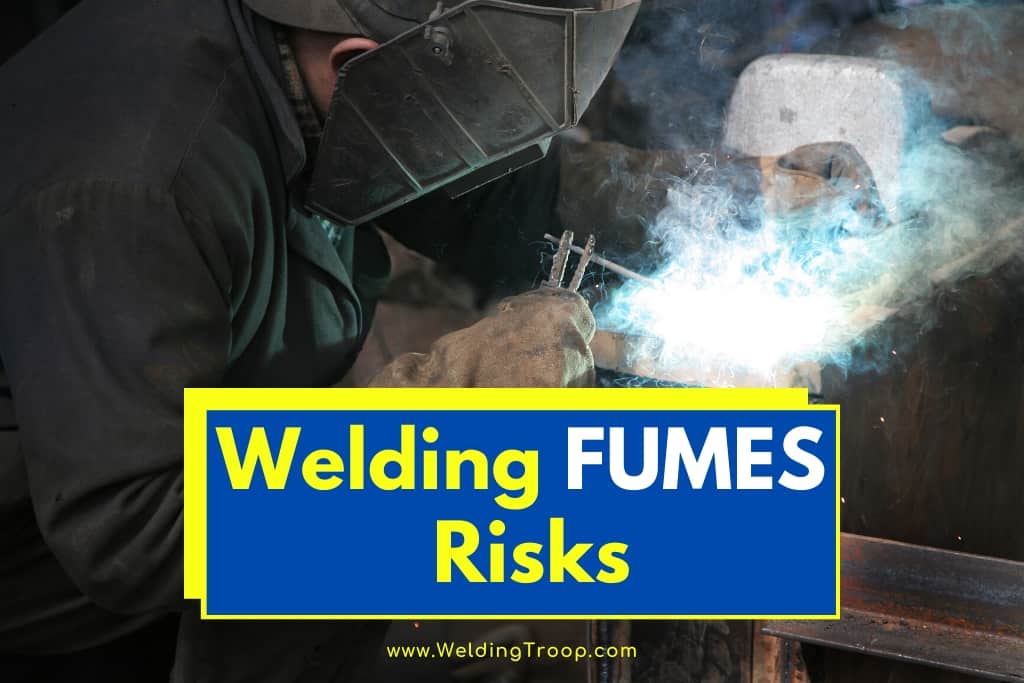The process of welding plays a vital part in our economy today. Everything that is metal either has been welded or was made by something that was welded. All aspects of our society are, quite literally, welded together; cars, boats, buildings, machines, electronics, etc. are all made by welding. The industry employs around half a million people at any point in time, with demand for welders on the rise. With welding, however, comes substantial risk to one’s health, not only from the dangerous worksites but from the welding fumes themselves.
Should welding fumes be filtered? Welding fumes present a massive risk to the health and safety of the people who are doing the welding and keeping our world running. It is essential that we keep these workers healthy and safe by filtering out the fumes that come from welding.
Welding fumes were the silent danger that previous generations of welders did not know of. Today, our world puts an emphasis on protecting those who work by ensuring their safety to the highest degree. If a company does not abide by the rules set by the governing bodies that regulate worker safety, they face massive fines. This article will present why welding fumes are harmful to the welder and ways to filter out those toxic welding fumes.
Table of Contents
Are Welding Fumes Harmful?
The main issue that comes with welding is the fumes that are created by the process. The fumes are full of metals that are toxic to the human body that has been proven to cause cancer and have been linked to an abundance of other health issues.
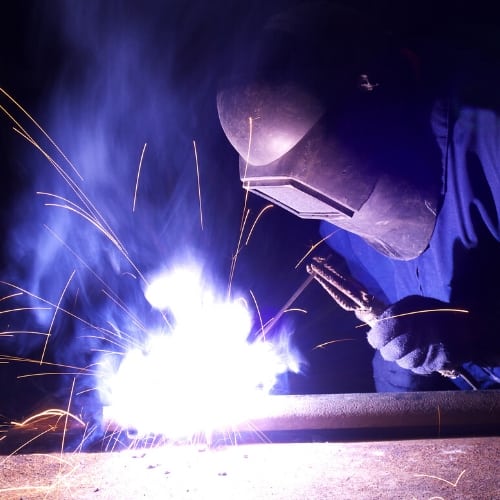
Most of the dire health defects come from prolonged exposure to toxic fumes. Short term exposure health effects are less severe and do not result in the detrimental health effects as long term exposure does. When focusing on people who work in the welding industry, they will be constantly exposed to the fumes and will experience the long term health effects which are deadly if not dealt with.
Metals in the Fumes
It is these metals that are in the fumes that come from welding that are the most detrimental to one’s health. These metals can corrode inside your body and change the chemical balance or its surroundings, which alters the cells in the area. Those altered cells can become cancerous or shut down vital organs, all due to the inhalation of these toxic fumes.
The most common metals that are inside the fumes are:
- Chromium (causes breathing problems and cancer)
- Manganese (causes Parkinson’s disease and attacks the nervous system and muscles around the body)
- Cadmium (causes kidney problems and cancer)
- Zinc (causes severe flu-like symptoms)
- Lead (causes brain damage)
Not only are there toxic metals in the fumes of welding, but the gases that are also produced in the process are very toxic to people as well. These gases can easily cause someone to suffocate, which can lead to death as their lungs fill and get clogged with gases and liquid.
Gases in the fumes include:
- Argon
- Helium
- Nitrogen
- Carbon monoxide
- Carbon dioxide
- Hydrogen fluoride
- Phosgene
- Nitric oxide
Related reading: Does Welding Cause Cancer? | How to protect yourself while welding
Health Problems Associated with Welding Fumes
The problem with the welding fumes is the way they enter our bodies, that is, through inhaling. When we inhale air, that air passes through our nose, goes down the windpipe, which consists of the larynx and trachea, and then travels through our lungs.
This system of breathing is called the respiratory system and supplies the very thing we need to live and function to the rest of our body; oxygen. The problem that comes with the welding fumes is that there are little pieces of metals that become airborne in the welding process. These metal pieces are the most harmful in the long term because they can get stuck throughout your respiratory system.
Your body tries to get rid of these metallic intruders through any means necessary, which includes destroying parts of your body where the metallic pieces build up. This is just one of the possible outcomes. The other is that the metallic pieces break down and corrode inside the body and produce toxins that affect the cells around the metal.
Related reading: Why Is Welding Galvanized Steel Dangerous?
Those cells mutate until they grow and reproduce out of control; they become cancer. Those cells, being in the respiratory system, have the opportunity to travel to any place in the body that requires blood through the body’s natural superhighways, the blood vessels. As soon as that happens, your chance for survival falls to single digits. It is absolutely necessary that we avoid this at all costs.
The short term health effects associated with welding include:
- Eye irritation
- Throat irritation
- Lung irritation
- Bronchitis
- Coughing
- Fluid in the lungs
- Swelling in the lungs
- Cramps
- Nausea
- Vomiting
The long term health effects associated with welding include:
- Throat cancer
- Lung cancer
- Kidney cancer
- Urinary tract cancer
- Kidney damage
- Parkinson’s disease
- Chronic lung problems
- Hearing loss
- Hair loss
- Heart disease
- Ulcers
- Skin disease
These are just some of the health effects associated with welding. The heavy metals and gases that come from welding are extremely toxic to the human body and can cause irreversible damage when exposed to these conditions over a long period of time.
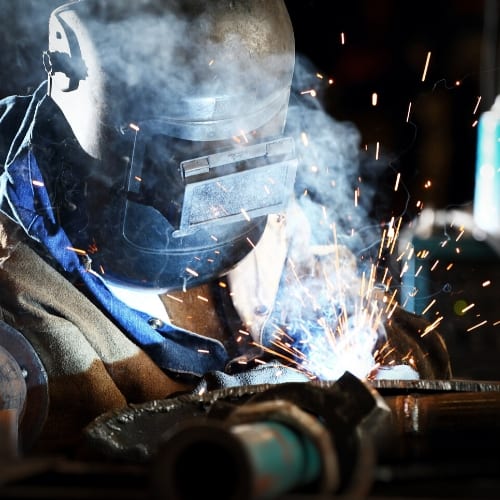
The way to prevent workers or yourself from developing these health problems associated with welding and avoiding astronomical medical bills is by managing where these fumes go or prevent them from going into your respiratory system.
Managing the Fumes
The most vital part when it comes to protecting the health and safety of the welder is the way these fumes are managed. What is meant by managing the fumes is how the fumes are directed out of the breathing zone of the welder. This can be through a variety of means, which include filtration of the fumes themselves or through the welder wearing protective gear.
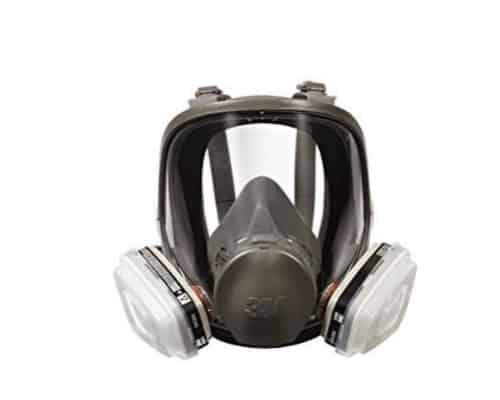
Most welding factories use a combination of these two main means of protection to ensure the welder is fully protected from the toxic fumes.
Gear worn by the welder, such as respirators that filter the air and full-face shields, protect the airways of the welder when working in open-air sites. When welders do not have the luxury of being in the open air, the companies have to ensure that the workplace is clean of the toxins that come from welding.
They do this by combining both the protective gear that welders wear and an air filtration process where the fumes are directed away from the welder into the outdoor air or to an indoor area where they are stored and can be filtered to become nontoxic.
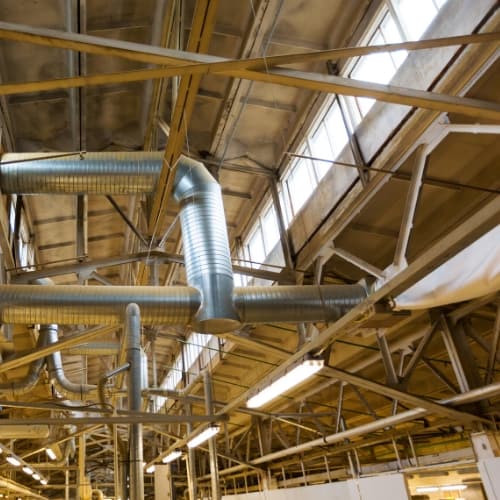
Air filtration is key when managing where these fumes go. There are two main organizations that you will be dealing with and have to adhere to their guidelines when choosing whether to dispose of your toxic welding fumes indoors or outdoors. Those governing bodies are OSHA (Occupational Safety and Health Administration) when disposing of the fumes indoors to protect the workers and ensure complete safety and the EPA (Environmental Protection Agency) when disposing of the fumes into the outdoors, which ensures the safety of the environment.
The Problem of Managing the Fumes
It is not only what is in the fumes themselves that pose a risk to the welder, but also everything else that is produced from the welding process. That being, the dust that settles around the welder’s workspace is extremely flammable and explosive. This metallic dust does not only have the ability to explode, but the metal itself can prove to be very toxic to humans.
Related reading: Respirators for Welding Galvanized Steel | Welding Hazards Respiratory Protection
Welding shops that weld metals that contain chromium are at particular risk. The process of welding chromium produces hexavalent chromium, which causes skin sores and lung damage in the short term exposure to the metal. The long term health effects include cancer of the lungs, kidneys, and other vital organs. This toxic metal can also be produced when welding stainless steel, which has chromium as part of its chemical makeup. Chromium is an essential metal when making alloys that are resistant to corrosion, making it part of a lot of items we use today.
These welding fumes do not all come from the material that is being welded but also come from the welding wire. Other than hexavalent chromium, other toxic metals in the fumes include:
- Zinc
- Iron
- Nickle
- Copper
- Lead
And other metals mentioned previously in other sections. These metals can cause a wide range of health effects on the workers, such as when iron builds up in the lungs and causes siderosis, which is a chronic lung disease, meaning that it lasts forever.
Do Fume Extractors Really Work? >> Check out the video below
Beryllium has its own lung disease called berylliosis, which is extremely fatal even when you seek quick treatment. Manganese is like lead in that it is also a neurotoxin that causes brain damage and attacks the nervous system. Like hexavalent chromium, nickel is also a carcinogen and vastly increases your risk of developing cancer.
The great problem when managing these extremely harmful metals is that they are tiny and can float in the air. Their sizes can range from 0.1 microns all the way to 10 microns. The majority of these particles are smaller than 1 micron, making them almost invisible to the naked eye if they are moving around and floating in the air.
These particles are able to float in the air so easily because they are small, and they are heated. The heated particles have more energy to move around, float, and react with more particles that are in the air. A system to collect these fumes must take into account and be designed for the capture of these particles that are much smaller than your average dust particle.
The Risk of Welding Fumes Other than Health
Not only do you have to be wary of the health defects that the welding fumes can cause in humans when you inhale these fumes, but these fumes are also extremely combustive, meaning they are easily able to explode.
When you are welding carbon steel, dust is produced that has an average K_st value of 170, which means that when this substance ignites, there will be an extremely violent explosion.
The rule for the value is that the larger the value, the larger the rise in pressure (the explosion) will be in the perfect conditions for that particular combustion reaction. Metals such as aluminum have a K_st value that is double than carbon steel and are extremely volatile when they are in a dust state.

The dust state is the best state of a substance for combustion because you have the highest amount of surface area that is exposed to the substance when it is in a dust form. Think about a cube of aluminum. The only particles of aluminum that are exposed are the outsides of the cube. Those are the only particles that can react. When you grind that substance down to a dust, almost all the particles can be exposed to combustant and explode with maximum power.
The Prevention of Explosions
The prevention of any buildup of dust in a welding facility is vitally important to ensure that there is no such explosion. One option for the suppression of the possibility of an explosion is to use fume collection systems that are coated in a fire-retardant coating. When you prevent sparks and fire from forming, there is no chance that the metal dust can explode since it does not have the added energy from a fire or spark to initiate a combustion.
You can look to the National Fire Protection Association (NFPA) guidelines to welding fumes to ensure that you reduce the risk of an explosion as much as possible. You can also contact your local authorities to ensure that you are following all the laws that coincide with your area where you are living.
The process of the suppression and prevention of fire in welding fume systems comes in several steps. You must suppress any chance that sparks can be able to form and get into the fume collector and into the ductwork before the collector from welding itself, which produces an abundance of sparks. To do this, you must install spark arresters to the system to prevent sparks from getting into the collector.
Even if you do this, there is still a chance for a spark to travel into the collection and cause an explosion. You can reduce the damage and scale of this explosion by installing an explosion isolation valve along your collection system to prevent fire from traveling throughout your system and causing a wider ignition of the fumes in your system.

Of course, you cannot control this system through the use of manual labor. It is best that you use electronic controls that are easily able to detect any sign of a spark, smoke, or a flame and can activate systems to suppress them and prevent an explosion. Since most metals react differently with certain chemicals and water, in some instances, the fire suppression systems can make the problem worse; you must use chemicals specifically approved for the metal dust you are producing. Class D fire extinguishers are easily able to suppress fires that start from metal dust.
Filters can also be used in the welding fume system to prevent fires from forming. Cellulose filters are flammable but can easily be coated in fire-retardant chemicals, which allows them to not burn up and prevent the fire from continuing through them. Filters also need to be grounded to prevent a static spark that can happen when you pass charged particles through a substance.
One system Doesn’t Fit All
The great problem when designing a welding fume collection system is that it depends heavily on the welding facility itself. In one instance, welders work at stations or where robotic arms are in use, a system of using fume hoods that are built around the welding point or around the robot will be used. This system is called a close capture or point-of-source capture method.
In another instance where the shop does not have many welders or the welders move around and work in different places throughout the day, portable collectors can be the best for this case. These portable collectors have a downside; they cannot collect as much air as their larger, static, counterparts can.
In yet another instance where welding is in an open space or the welders are working on large items that need to be moved around, an ambient system is what will work best for this scenario. The ambient system is designed to move huge volumes of air out of the working area through filters and can be emitted out of the buildings or recirculated and reused in the building.
All these methods have their benefits and drawbacks when it comes to directing the welding fumes out of the worker’s area and keeping running costs as low as possible.
Portable collectors can easily be moved around the workspace, but they lack the ability to filter out the sheer volume of fumes that a larger collector can do. Central collectors are most effective at gathering the fumes from a large workspace or from multiple areas but are extremely large and take up a lot of valuable space if they are located indoors. They also present a greater risk of explosions since they are so large. Because of this, they are often built outside the welding facility to save the workspace and mitigate possible damages in case there is an explosion.
The third collection method is that the fume hoods take up no workspace since they are mounted above the worker or robot. However, they can damage the robot and create potential hazards if the worker or robot moves around a lot. These systems are also much harder to equip with fire and explosion safety equipment.
The ambient system offers one of the biggest advantages out of the systems since it can recirculate the air back into the facility, which leads to saving energy cost. When the collected air is filtered outside, the energy used is simply lost to the outside environment. When you use an ambient system, this loss of energy does not occur. In fact, a recent inquiry showed that most businesses find that using an ambient system pays for itself within two years with the money it saves in energy cost.

